2026 Author: Howard Calhoun | [email protected]. Last modified: 2025-01-24 13:10:25
Ghana is a medium-sized state in the western part of Africa. In the world it is known as a major producer of cocoa beans and gold. For those who plan to visit it, it is useful to know the properties of the local currency. The currency in Ghana is the cedi. Let's find out more about her.
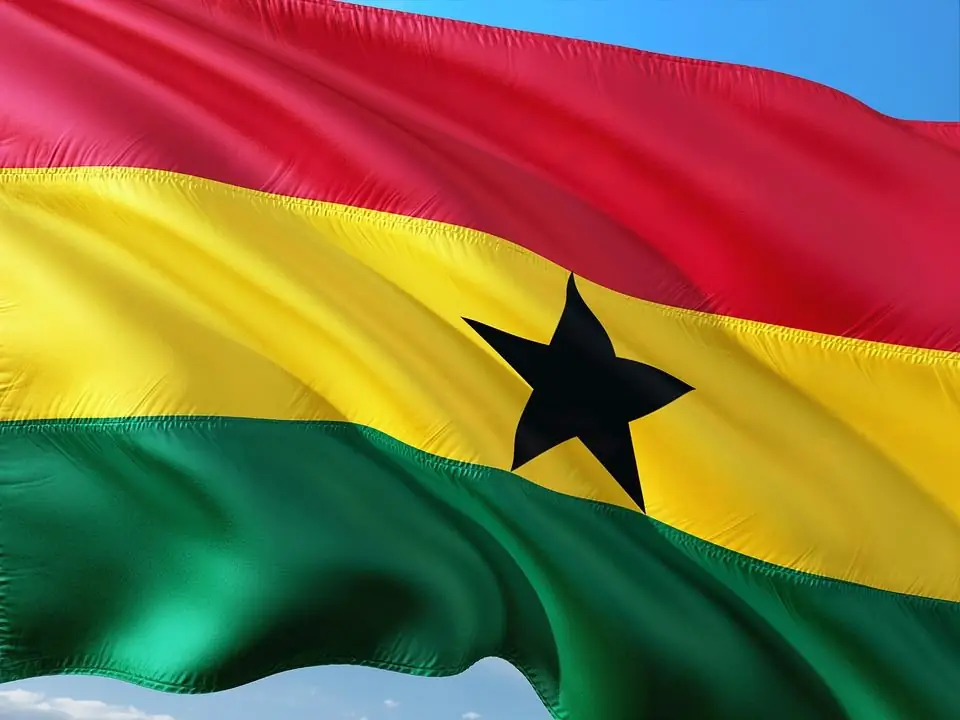
History
Modern cedi is already the fourth currency of the country. Until 1901, the role of the monetary unit in Ghana was played by gold dust, foreign coins and cowrie shells. The latter are interesting because they originated from the Indian Ocean and were brought to the country by Arab trade caravans, probably from the 14th century.
During the colonial period, Ghana's currency was the West African pound, which was printed for several British colonies.
After gaining independence in 1958, the country switched to its own pound, which was divided into 20 shillings, and they, in turn, into 12 pence each. In the course then there were coins made of bronze (0, 5 and 1 pence) or an alloy of copper and nickel (3 and 6 pence, 1 or 2 shillings). The reverse of the coin depicted a star from the flag of the country, and onobverse - profile of the country's first president.
10 shillings was a banknote, as were 1, 5 and 1000 pounds. The obverse depicted the building of the Bank of Ghana, while the reverse depicted a star, cocoa, a ship, and paintings. Pretty pretty, I must admit.
After a brief period of using the pound, Ghana's currency became the cedi, since 1965. After the 2007 denomination, the so-called "third cedi" is in use.

Appearance of bills
The new coins did not have the image of the first president on the obverse. The drawings on the banknotes became more diverse, they depicted the famous buildings of the country (Independence Arch) and the images of its inhabitants of different ages and occupations (miner, fisherman, schoolgirl).
The 2007 issue features banknotes in 1, 2, 5 10, 20 and 50 cedi and coins in 1 cedi and 1, 5, 10, 20 and 50 pesev.
The reverses of banknotes depict various important objects of the country:
- Akosombo HPP.
- University and parliament buildings.
- The Bank and the Supreme Court.
- Independence Arch.
- Christianborg Castle built by the Danes in 1659.
On the obverse, the "Big Six" (political figures of 1948) is most often drawn. The exception is 2 cedis, where Kwame Nkrumah is depicted.
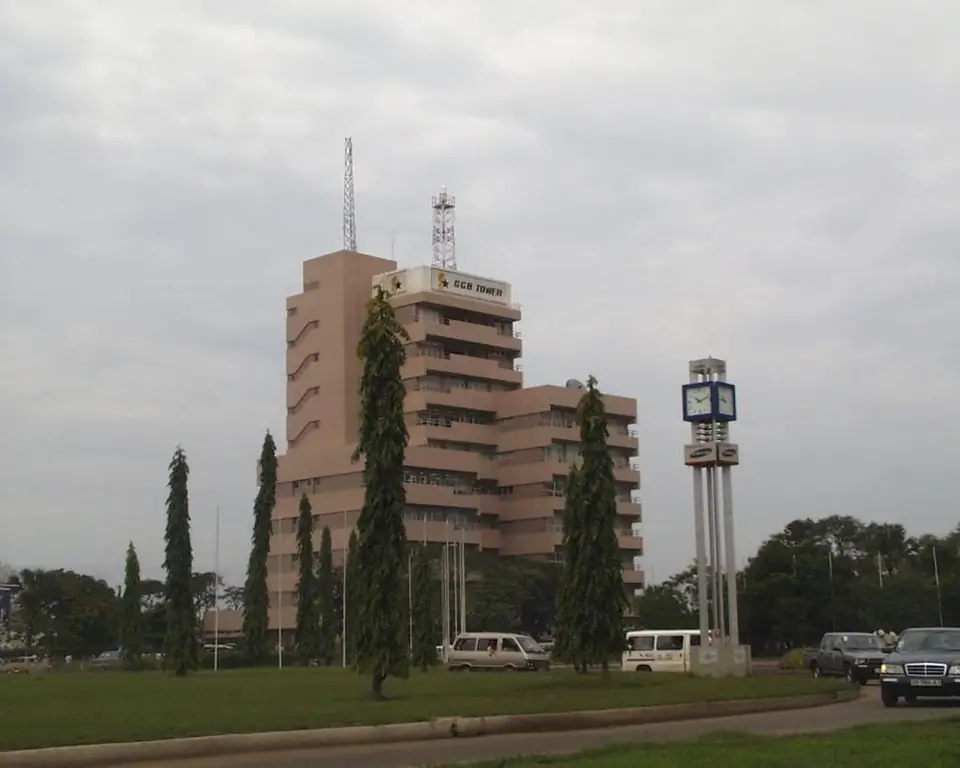
Ghana's exchange rate and prices in the country
In the spring of 2019, the cedi to ruble exchange rate is 12 to 1, and in 2007 it was 26 to 1.
Change rubles for cedis directly will not work, you need to go to Ghana with some more runningcurrency, for example, with the euro or the dollar.
Prices in Ghana are not cheap, despite the general poverty of the country, because many goods are not produced there, they are imported and something of high quality is more expensive for a foreigner than for locals. This applies to food, for example.
In a restaurant for two, you can eat in the amount of 1000 cedis. In local canteens, food is several times cheaper, but the quality of food can be poor. There is no Russian cuisine, but you can find establishments with Indian and Chinese dishes.
A visit to the pool will cost from 150 rubles a day. The price of a liter of gasoline is from 60 rubles and about the same for 1 kilometer by taxi.
In the capital, you can go shopping in the following places:
- Accra Mall.
- A&C.
- Makola Market.
- Supermarket Koala.
Hotel accommodation costs from 2000 rubles, cheap accommodation for foreigners is not common here: Accra is not a tourist center like Istanbul or Bangkok.
Recommended:
Monetary unit - what is it? Definition of the monetary unit and its types

The monetary unit serves as a measure for expressing the value of goods, services, labor. On the other hand, each monetary unit in different countries has its own measure of measurement. Historically, each state sets its own unit of money
Exchange rate differences. Accounting for exchange rate differences. Exchange differences: postings
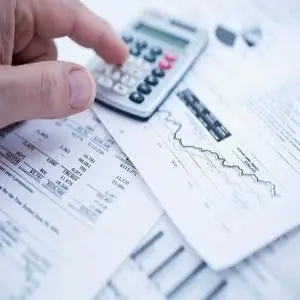
The legislation that exists today in the Russian Federation, within the framework of Federal Law No. 402 "On Accounting" dated December 06, 2011, provides for the accounting of business transactions, liabilities and property strictly in rubles. Tax accounting, or rather its maintenance, is also carried out in the specified currency. But some receipts are not made in rubles. Foreign currency, in accordance with the law, must be converted
The currency of Iceland. The history of the appearance of the monetary unit. Rate
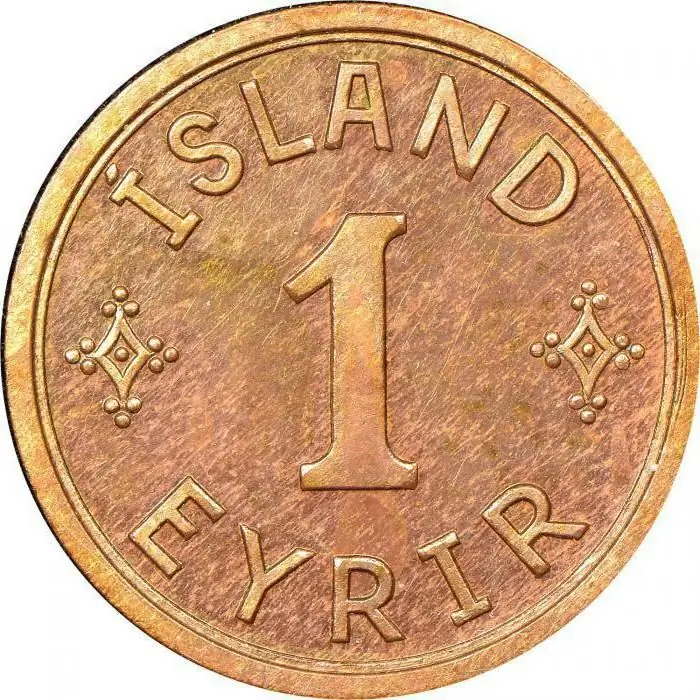
In this material, readers will get acquainted with the national currency of Iceland krone, its history, appearance and quotes in the financial markets
1 dirham: exchange rate against the dollar and the ruble. Monetary unit of the United Arab Emirates

Oil wells have turned the United Arab Emirates into an economically prosperous state with state-of-the-art infrastructure. This article will tell you about the currency of this country, which is called the UAE dirham
Philippine peso. History of the monetary unit. The appearance of banknotes and the exchange rate
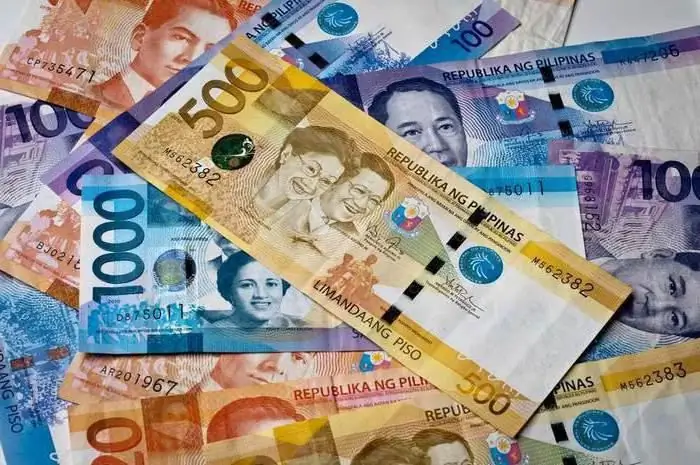
This material will consider such a monetary unit as the Philippine peso. The article will introduce the reader to a brief history of the currency, its appearance and exchange rates

